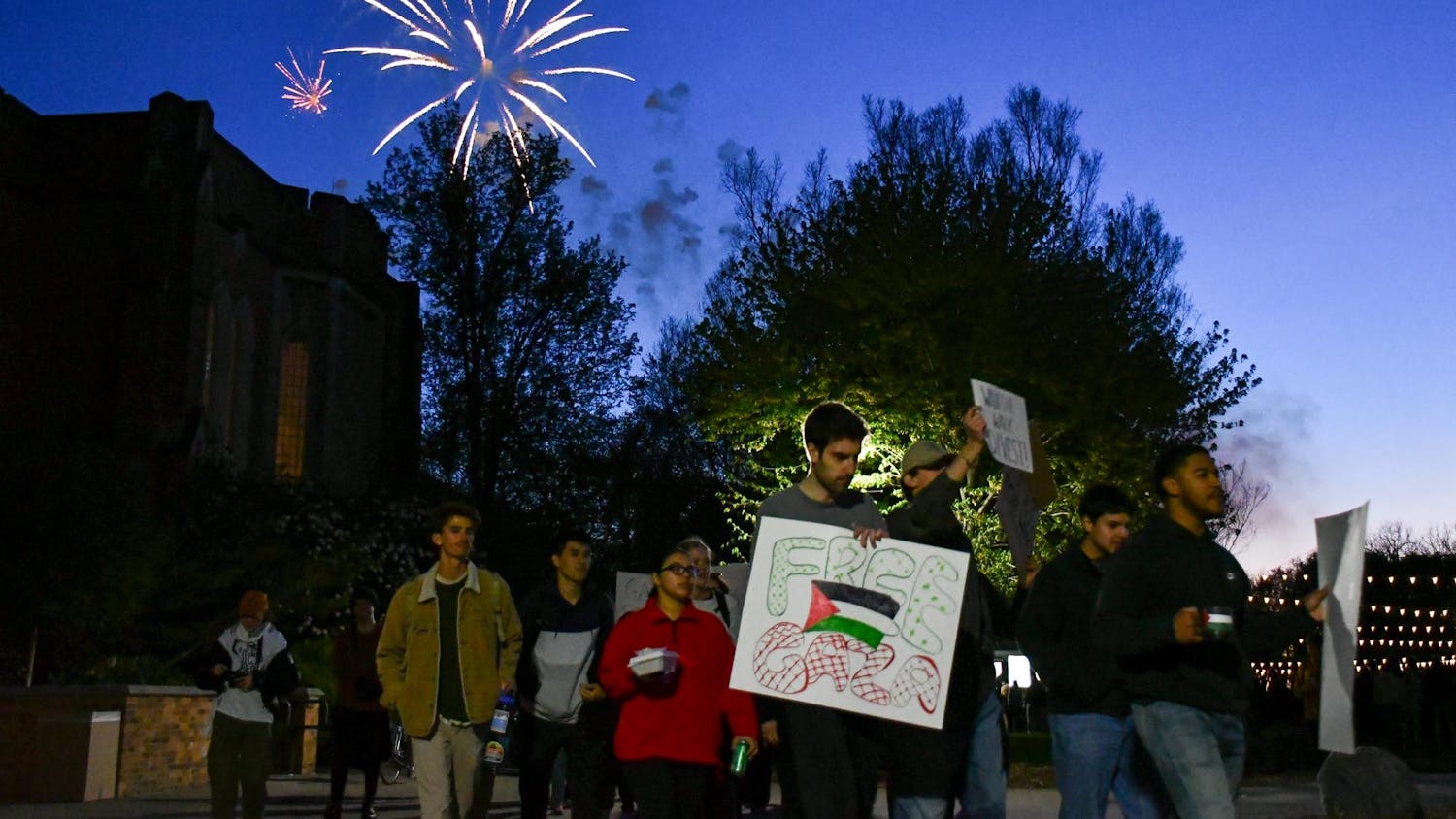Argentinian journalist Sergio Kiernan explored the similarities and differences in the colonial experience and subsequent national identity of each of the three countries in his “Post-colonial Identity and the Idea of Nationhood: Argentina, Brazil and Ireland” lecture Friday.
Kiernan, a writer for the Argentinian magazine “Pagina 12,” contrasted his experience at the celebration of the last year’s centennial celebrations of the Easter Rising in Ireland — his ancestral home — with expressions of patriotism in his native Western Hemisphere.
“The spotlight was on the volunteers that fought and sacrificed for the nation,” Kiernan said. “The Irish idea of nation is popular: a small, simple, easygoing nation. This is odd, because European patriotism slides into nationalism quickly.”
Kiernan said there are various examples of European patriotism including palaces, symbols and military displays, and the nations of the Americas then inherited this kind of patriotism.
“Washington is always shown crushing an enemy, and the U.S. is represented as an eagle,” he said. “In Argentina, it is the same thing with General Jose de San Martin, the great liberator of Argentina, Chile and Peru.”
Kiernan said San Martin is an example of how myths are formulated.
“The Argentine government asked a French painter for several portraits of San Martin,” he said. “The painter always showed him riding a white horse, so now everyone thinks that he rode a white horse.”
According to Kiernan, national myths in Argentina were magnified in the late 19th century by a huge influx of immigrants to the country.
“By the 1910 census, half of the population was foreign born,” he said. “The government was worried that if it didn't do something, then the nation would be an archipelago of foreign communities.”
Kiernan said Brazil demonstrates the potentially racial elements of nationalism. According to Kiernan, a painting depicting the Grito de Ipiranga — the moment when Brazil declared independence from Portugal — is idealized, with only white bystanders despite the fact that the Brazilian population during that time was 85 percent black.
The government found its solution in an increased emphasis on nationalism in schools, he said. According to Kiernan, the Argentinian school year runs from March to December, a period that conveniently contains many anniversaries of the Revolution.
Kiernan said the government celebrates these anniversaries during the school year, choosing students to carry the national flag into the school while their companions stood at attention.
According to Kiernan, depictions of the 1916 Easter Uprising in Ireland emphasized the volunteers who took to the streets and rarely showed leaders of the rebellion — and, if they did appear, they were never in uniform or on horseback. He said this emphasis may derive from the recent nature of the rebellion, given that it was only 100 years ago.
“The Irish rebellion is unique because it was the reawakening of a people,” he said. “The Irish as a people almost died out because of British colonization and emigration, and many patriots felt they were creating a new Ireland.”













